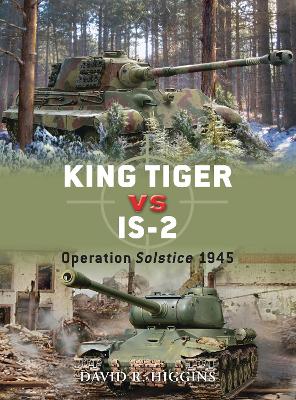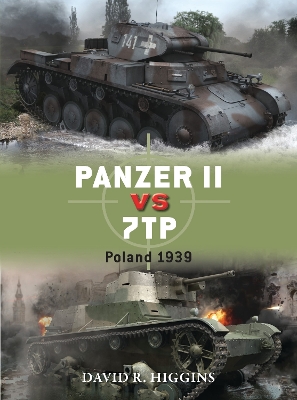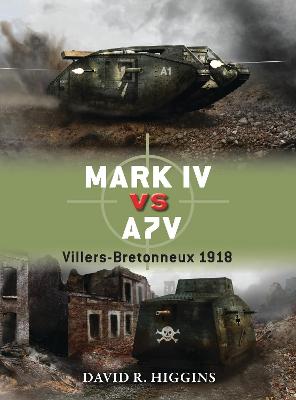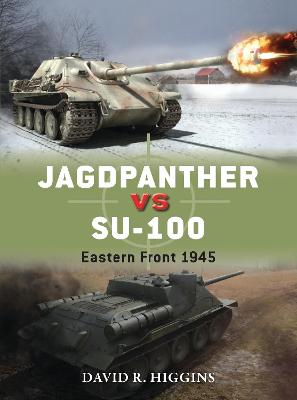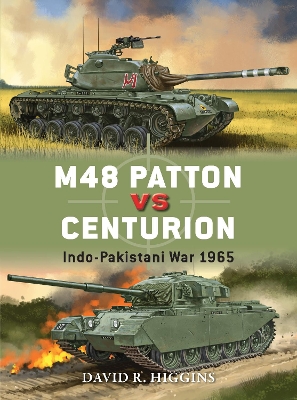Duel
2 primary works • 6 total works
Book 37
This book examines the technology and strategy that defined the outcome of the battles between the King Tiger and the IS-2. The Soviets had been quick to develop tanks that could fight the Tiger on an equal footing, but these were developed as part of a completely different strategy than that employed by the Germans. The King Tiger was a modern marvel, and remained unmatched in one-on-one combat. Technologically superior, with greater firepower and better armour than the Soviet IS-2, the King Tiger was a formidable opponent. However, the IS-2 was lighter, more manoeuvrable and most importantly, far more numerous. With overwhelming numerical superiority the Soviets were able to simply overwhelm their opponents, negating the technical superiority of the King Tiger
Book 86
By 1944, the evolution of armoured doctrine had produced very different outcomes in Britain and Germany. Offering a good balance of speed, protection and firepower, the British Cromwell tank was much faster than its German opponent, but the Jagdpanzer IV tank destroyer had a high-velocity main gun and a lower profile that made it formidable on the defensive, especially in ambush situations. The two types would fight in a series of bloody encounters, from the initial days of the struggle for Normandy through to its climax as the Allies sought to trap their opponents in the Falaise Pocket.
Using archive photographs, specially commissioned artwork and battle reports, this fascinating study expertly assesses the realities of tactical armoured combat during the desperate battles after D-Day.
Using archive photographs, specially commissioned artwork and battle reports, this fascinating study expertly assesses the realities of tactical armoured combat during the desperate battles after D-Day.
Hitler's lightning invasion of Poland in 1939 marked the beginning of World War II in Europe. This was the period when armoured warfare inscribed itself into global consciousness as the Poles desperately sought to stave off the Blitzkrieg. At the heart of the fighting on the ground, large numbers of Nazi Germany's PzKpfw II battled against Poland's better-armed but much less numerous 7TP tank. The two types both possessed unique strengths and weaknesses - unlike the 7TP the PzKpfw II was always equipped with radio, which proved critical for command and control purposes in the heat of combat. But the German tank was blighted by thin armour, which could not withstand Polish gunfire at combat ranges. This fully illustrated, detailed work evaluates the qualities and idiosyncrasies of each tank, giving a stark and arresting crewman's-eye-view of the brutal armoured combat at the height of the invasion of Poland.
The German A7V and the British Mark IV were similar in weight, size, and speed, but differed significantly in armour, armament and maneuverability. The A7V had thicker armour, and had nearly double the horsepower per ton. The Mark IV's pair of side-mounted 6pdr cannons forced the vehicle to present its side arc to an enemy in order to fire one of its main guns. Possessing twice as many machine guns as the Mark IV, the A7V had a frontally mounted 57mm gun that proved capable of defeating the Mark IV's armour. The Mark IV's rhomboid design proved superior in crossing trenches, climbing obstacles and moving over rough terrain. As the first tank-versus-tank engagement in history, the fighting around Villers-Bretonneux showcased the British Mark IV and German A7V designs. Although not purpose-built to combat enemy armour, both vehicles proved the viability of such operations, which during the postwar period led to key advances in suspension, armour, gunsights, ammunition, and command and control. While the British continued to develop their armoured forces, German armour development never materialized, and only in the postwar period did they address the issue.
As World War II in Europe reached its end, armour development and doctrine had experienced several years of massively accelerated change, especially within the crucible of the Eastern Front. The German Jagdpanther and Soviet SU-100, both turretless tank-destroyer designs based on a 'traditional' turret-tank chassis, were the culminating examples of how the progression of experience, resources and time constraints produced vehicles that were well suited for roles of defence and offence, respectively. The Jagdpanther represented a well-balanced solution and an excellent use of limited resources, while the SU-100 was a natural progression of the SU-85, where numbers produced compensated for rudimentary construction, poor crew comfort and limited optics.
The Indo-Pakistani War of 1965 witnessed some of the largest tank battles since World War II, notably between India's British-made Centurion Mk 7s and the American-made M48 Pattons fielded by Pakistan. The two countries' tank regiments, many of which shared a proud legacy in the British Indian Army, fought one another in the difficult terrain of Jammu and Kashmir, the focus of a long-running dispute between India and Pakistan. The armoured clashes at Asal Uttar, Chawinda and Phillora would demonstrate that the Centurion, with its powerful gun and lower profile, generally proved superior to the faster, lighter but overly complex Patton. Featuring full-colour artwork, expert analysis and archive photographs, this is the full story of the clash between two leading tanks of the Cold War era that were never designed to fight each other, but rather to line up on battlefields as allies.
